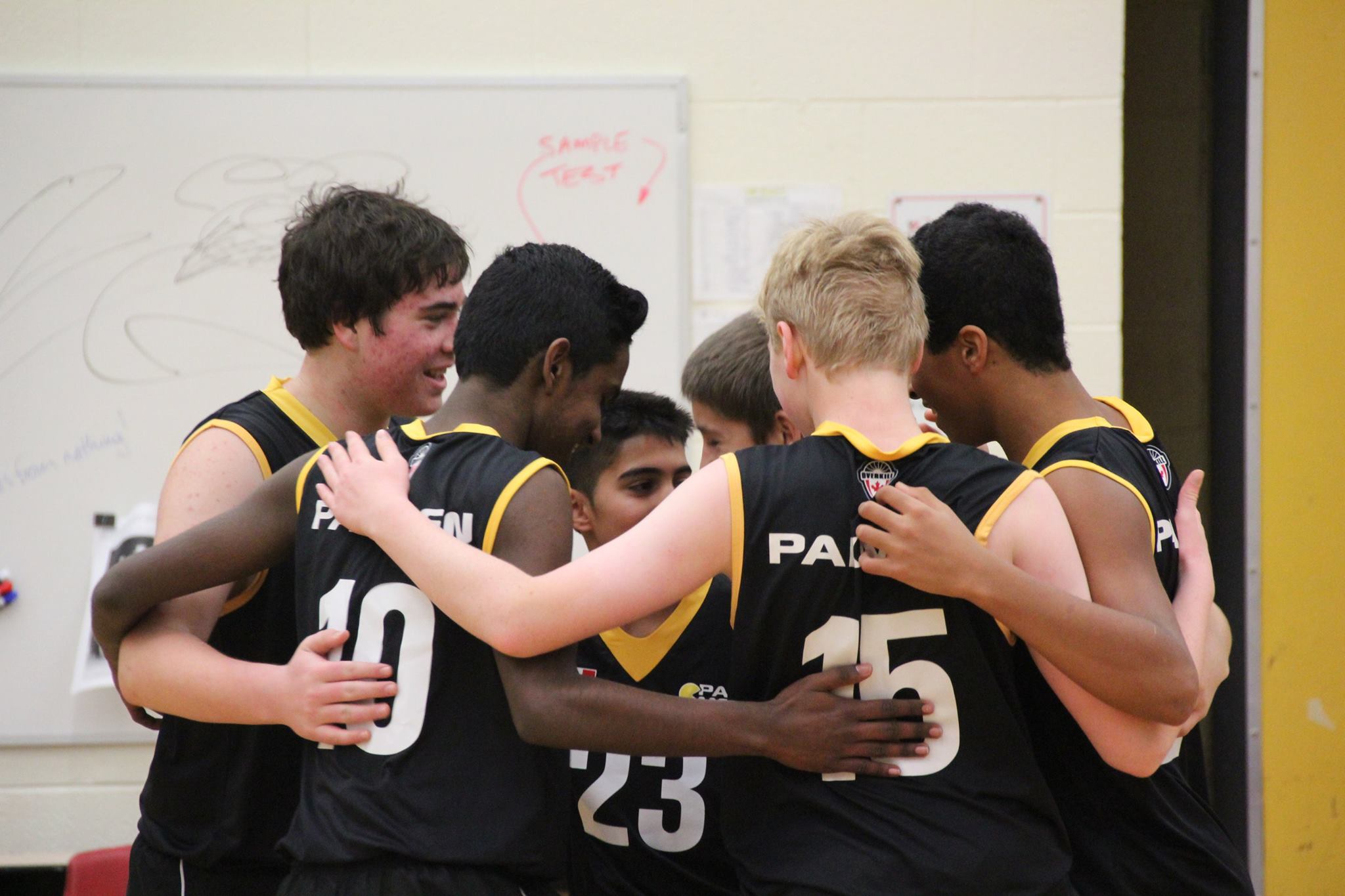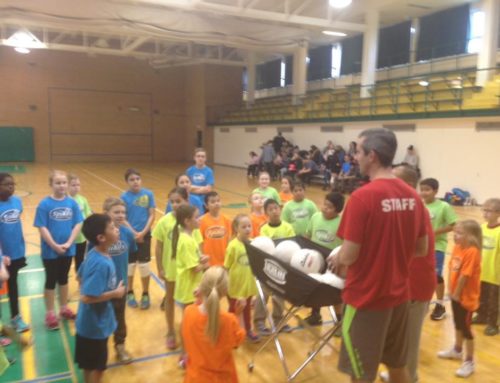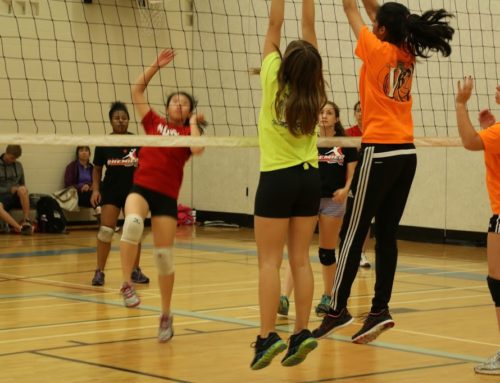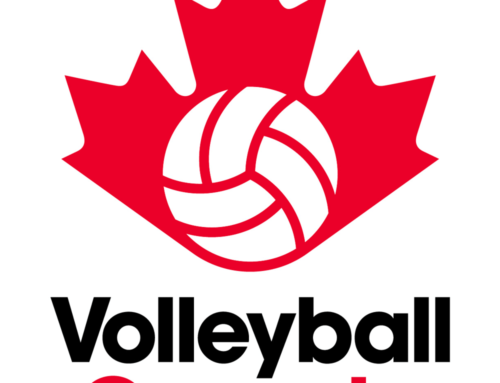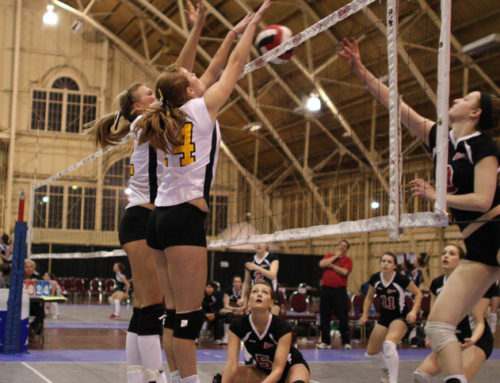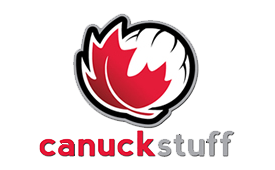by Volleyball Clubs of Ontario Research Staff
Defense is a very important element in a game of volleyball. You’ll be able to resist attacks of the opposing team successfully if you play defense in the right way. Obviously, it’s incredibly important for a volleyball team to develop its own defensive technique.
It’s crucial for volleyball players to have a basic understanding of team’s defense. Today, we’ll talk about different types of defense in volleyball and describe some of the best volleyball defensive techniques and strategies. Lastly, we’ll provide you with volleyball drills and tips for better team’s defense.
Different Types of Defense in Volleyball
There are different types of defense in volleyball including rotational defense, perimeter defense as well as “red” defense. It’s worth noting that each type of defense in volleyball has its own pros and cons. Now, let’s dig deeper into each volleyball defensive type.
Rotational defense in volleyball. Volleyball players should take their position depending on how the game develops. Let’s assume that an attack hit is carried out by the opposing team’s outside heater. In this case, the attack hit is likely to be blocked by either middle front player or right-side front player.
The right back volleyball defender has to position himself/herself behind his/her team’s blockers. If the ball goes through your team’s blockers, a defender will have to handle it. A left back volleyball player must be ready to handle the deep handle ball.
During the rotation, the middle back player has to position himself/herself on the same line with the place where the ball was set. Volleyball players have to do rotation each time when the opposing team’s setter sends the ball to either the middle hitter or to the right side hitter.
Perimeter defense in volleyball. It’s worth noting that this type of defense in volleyball works pretty well when a need to handle hard-driven balls arises. Volleyball players have to position themselves in the same way as they do during the rotational defense.
However, this type of volleyball defense has its own drawbacks. It’s important to note that perimeter defense has a huge negative impact on volleyball player’s tips. So, resisting opponent’s attacks can be hard. That’s why this type of volleyball defense is usually used by male volleyball players.
“Red” defense. “Red” defense (also known as man up defense). In this case, defense of a volleyball team is organized by 3 front players and 1 back player. This type of defense is used when it’s necessary to protect the middle part of a volleyball court. “Red” defense works very well against middle attacks.
Volleyball Defensive Techniques
There are different volleyball defensive techniques. In most cases, a volleyball team has to protect itself either from an outside hitter or from a middle hitter. Below, we’ll give you some insights into these two volleyball defensive techniques.
Outside hitter defense. Let’s assume that a volleyball team has to protect itself from attacks which are carried out by opponent’s attack hitters. In this case, either a libero or middle blocker will be responsible for resisting an attack hit.
The opposing team’s hitter is likely to try his/her best to find the holes between blockers in your volleyball team. So, if the ball goes through your volleyball team’s blockers then the outside hitter on the back row of your court has to be able to handle it. The task of an outside hitter of your team is to resist an attack.
Middle hitter defense. An opposing team’s hitter will most likely hit the ball either down to the middle part of the court or to the angle. If a middle hitter hits the ball the angle, then the middle blocker or the back row player will be responsible for handling the ball. If a middle hitter hits the ball down the middle, then only volleyball blockers will be able to resist an attack hit.
Volleyball Defense Tips
No one has ever said that being a defensive volleyball player was easy. However, things will go easy if you know how to do defensive job in an efficient way. Follow our tips to improve your defensive game significantly and do great job on the court.
– It’s very important for a defensive volleyball player to be able to predict the game. You should start moving towards the ball ahead of time.
– Defensive volleyball players should understand each other on the court very well. Let’s assume that 2 defensive volleyball players are going to react to the ball. In this case, you should quickly decide, who will react to the ball. Of course, it would be better for a defensive volleyball player to react to the game if he/she is closer to the ball.
– Always stay on defensive position. First of all, a defensive volleyball player has to position himself/herself on the court. However, a volleyball player may need to make movements during the game. In this case, he/she has to be able to return to the initial position quickly.
– A defensive volleyball player must be well-prepared for an attack hit. In order to be able to resist opponent’s attack successfully, you should take the correct defensive position on the court. Do you see that the opposing team’s attacker is preparing to hit the ball? In this case, you should shift your weight from heels to toes. This will make it possible for you to make explosive movements quickly when a need to resist an attack arises.
– A defensive volleyball player should look for open spaces on his/her part of the court. Obviously, an attacker will aim to hit the ball to these areas. You also need to pay a close attention to the hands of your team’s blockers. Try to predict where the ball is likely to go after the block.
Volleyball Defense Drills
There are volleyball drills that make it easy for volleyball players to improve their team’s defense. Doing this type of drills will allow volleyball defensive players to improve their game dramatically. Below, we’ll describe each of these volleyball defense drills.
Bad Set Drill
This drill has to be performed by two teams and a coach. The job of a coach is to toss the ball to one of hitters on the court. A coach tosses the ball occasionally. Sometimes, a coach makes a perfect set and sometimes a coach makes a bad set. After that, a hitter has to adjust to the game and handle the ball. A drill is performed until the rally is finished.
Blocking: Net Decision
Doing this type of a volleyball drill delivers multiple significant benefits to defensive volleyball players. This type of a drill is highly recommended to people who are responsible for volleyball blocking. Additionally, the drill is an effective way to master an overpass hit. On top of that, volleyball players will be able to learn how to back off the net and pass the ball.
It is an easy to do drill. The drill is performed by 6 volleyball players, who need to be divided into two teams (3 blockers as well as 3 tossers). Initially, a team of blockers has to go to one side of the court and a team of tossers has to go to the opposite side of the court.
The drill begins and tossers have to send the ball to the opposite side of the court. Tossers can handle the ball in three different ways. They can block the ball, hit the ball or step back and make a pass. The task of blockers is to make a decision and pick an option that works best in his/her situation.
Blocker Defense
This drill has to be performed by two volleyball teams and a coach. A coach has to send the ball to one side of the court. According to the drill’s rules, volleyball players have certain restrictions. For example, those players, who are at the position of the middle blocker, are not allowed to block the ball or carry out an attack hit. However, they can cover tips. Those volleyball players, who are at the position of an outside hitter, are allowed to tip the ball 1 of 3 times. Each time a defensive volleyball player covers a hitter, he/she has to take a step forward. The drill continues until one of teams get 5 – 10 points.
Thank you so much for reading this article. We’ve just told you everything you need to know about defensive game in volleyball. Hopefully, all of this will allow you to develop your own volleyball defensive technique and do great job on the court. Train smart and train hard. As always, I wish you the best of luck!

